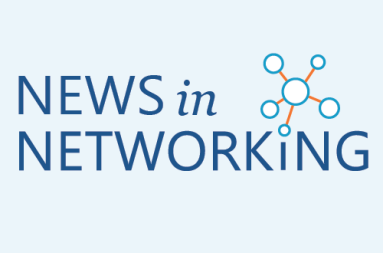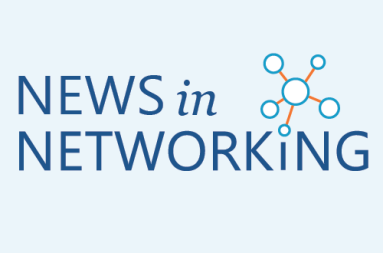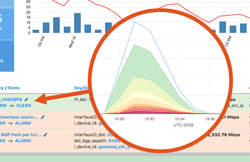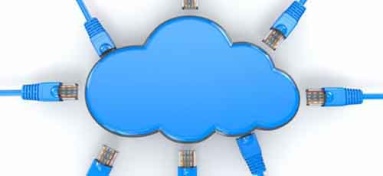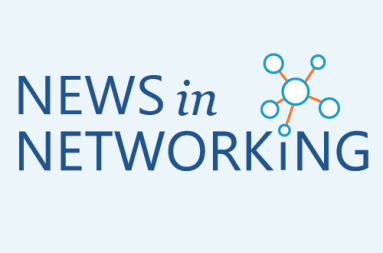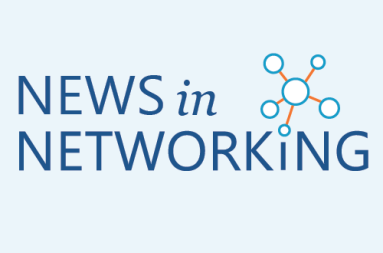Kentik Blog
























Google announced a new algorithm for higher bandwidths and lower latencies. NASA gave advice on IoT networks. Python is the most popular programming language. And Dow Jones is the latest to see an S3 misconfiguration.
What do summer blockbusters have to do with network operations? As utilization explodes and legacy tools stagnate, keeping a network secure and performant can feel like a struggle against evil forces. In this post we look at network operations as a hero’s journey, complete with the traditional three acts that shape most gripping tales. Can networks be rescued from the dangers and drudgery of archaic tools? Bring popcorn…
We’re very excited to share that KDDI, one of the world’s largest telecommunications companies, has selected the Kentik platform for network planning, operations, and to protect their key network assets and services. Read about the reasons that KDDI chose Kentik and why we’re so excited about this announcement.
Out with the old, in with the new, or so it seems this week. Apple has a new data center, its first in China. Intel announced a new line of microprocessors. Ericsson announced a new network services suite for IoT. Also this week, Kentik’s survey from Cisco Live reveals network challenges affecting digital transformation. More after the jump.
Operating a network means staying on top of constant changes in traffic patterns. With legacy network monitoring tools, you often can’t see these changes as they happen. Instead you need a comprehensive visibility solution that includes real-time anomaly detection. Kentik Detect fits the bill with a policy-based alerting system that continuously evaluates incoming flow data. This post provides an overview of system features and configuration.
As one of 2017’s hottest networking technologies, SD-WAN is generating a lot of buzz, including at last week’s Cisco Live. But as enterprises rely on SD-WAN to enable Internet-connected services — thereby bypassing Carrier MPLS charges — they face unfamiliar challenges related to the security and availability of remote sites. In this post we take a look at these new threats and how Kentik Detect helps protect against and respond to attacks.
Verizon’s deal with Yahoo may still be on the minds of many, but Disney may be Verizon’s new big brand-of-interest. Also on acquisitions, Forrester’s CEO says Apple should buy IBM. Juniper Research released a list of the most promising 5G operators in Asia. And the UN released a list of countries with cybersecurity gaps. More after the jump…
Obsolete architectures for NetFlow analytics may seem merely quaint and old-fashioned, but the harm they can do to your network is no fairy tale. Without real-time, at-scale access to unsummarized traffic data, you can’t fully protect your network from hazards like attacks, performance issues, and excess transit costs. In this post we compare three database approaches to assess the impact of system architecture on network visibility.
This week Cisco made a series of product announcements, including intent-based networking for automation. NTT launched an SD-WAN. An open Amazon S3 server exposed millions of voters’ PII. A group proposed a way to reduce BGP route leaks. More after the jump…
NetFlow data has a lot to tell you about the traffic across your network, but it may require significant resources to collect. That’s why many network managers choose to collect flow data on a sampled subset of total traffic. In this post we look at some testing we did here at Kentik to determine if sampling prevents us from seeing low-volume traffic flows in the context of high overall traffic volume.
